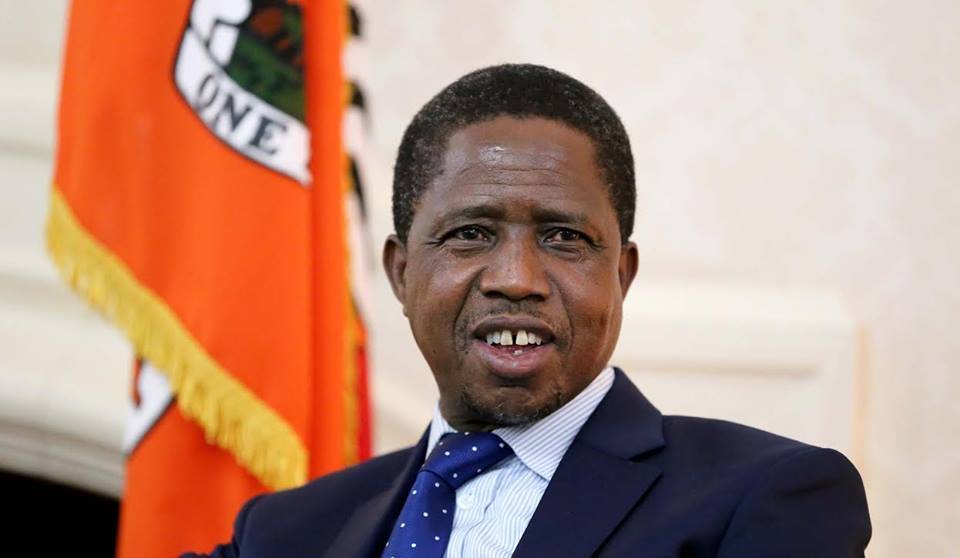Will the ERP win the International Monetary Fund over as Zambia navigates its way out of economic turbulence?________________________________________________________________________
Africa’s second largest copper hotspot Zambia will on the December 17, have its 2021-2023 Economic Recovery Plan (ERP) unveiled by Republican head of state Dr. Edgar Lungu. Amidst economic turbulence occasioned by fiscal fragilities amplified by disease pandemic, the Zambian authorities will seek to spell a recovery plan that will assist in clawing back eroded growth and will set the stage for a V shaped recovery post COVID.
Read also: Zambia approves Economic Recovery Plan 2021
After suffering the first default in COVID era when the copper producer missed a $42.5million coupon payment on its 2024 dollar bond when its solicitation request to investors was voted for adversely, Zambia has seen its credit assessment lowered to the lowest junk rating of default by both Standards & Poor’s and Moody’s rating agencies. This has waned investor confidence and is forecast to tighten credit lines and external financing for its budget. Growth prospects remain feeble with a projected recession for 2020 while inflation has widened to double digit north of 17%, currency slide over 40% YTD and cost of living deteriorated as measured by the basic food basket.
The recovery plan will pick up from the expiration of the 2017-2019 Medium Term Expenditure Framework (MTEF) to provide strategic direction for the economy in the next coming years. Expectations are that private sector resilience and sustainability will be key at driving economic growth in key sectors such as mining, agriculture, energy, technology and manufacturing which are believed to have some low hanging fruit opportunities in the immediate term which effective policy implementation will be pivotal in the medium to long term.
Healthcare is expected to be given priority especially post the pandemic that has seen more resources committed towards the sector but at the expense of real economic driving faculties. With the recent vaccine breakthroughs by BioNtech, Pfizer and Astrazeneca the ERP will be expected to provide direction on how Zambia is expected to fund vaccines for the health threats that it faces just like the rest of world.

The ERP should not only address access but quality of health care.
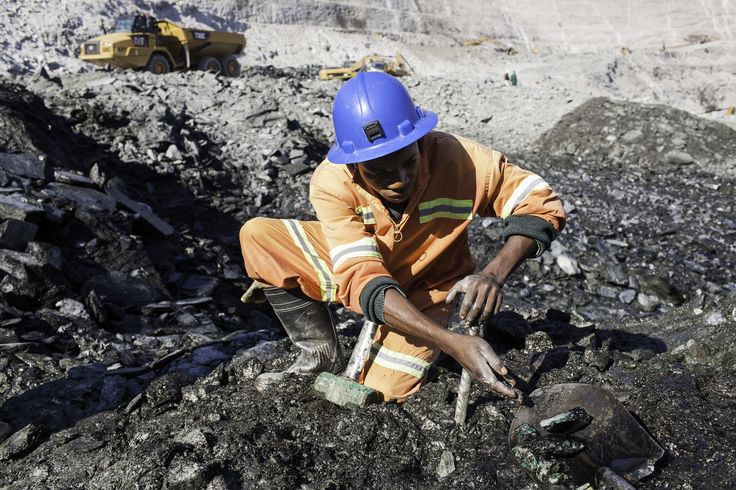
Zambia’s mining tax regime could earn itself a ‘rethink’ through easing of non- tax deductibility of mineral royalties while a stable value added tax (VAT) regime is more important for the mining sector than a medium term refinance facility (TMTRF) with the central bank. The future of Zambia’s mining is in the North Western Province – the new Copperbelt of Africa – whose deposits have potential to leap the Southern African nations production potential to surpass DRCs but will require the right tax regime to help address the challenges around the weak exploration investment propensity from double taxation effects. Zambia has two key projects namely the Lubambe and Kansanshi S3 mining projects totaling under $2billion which could be the country’s game changers in mineral production in the coming years. Mining is believed to be one of the sectors that could drive economic recovery faster and could additionally help with the foreign exchange backlog quagmire the central bank faces.
Manufacturing remains a key challenge for Zambia whose potential is the solution to most of the structural issues manifesting in lower than usual earnings especially for the state, that if improved could ease pressure on the exchange rate and could help build foreign exchange reserves. A good example is if Zambia could address importation of fertilizer through local ramp up in production could spare the exchange rate from the agriculture financing pressures linked to FISP. Zambia’s private sector pulse has suffered contraction for 22 straight months as measured by the Markit Economics purchasing managers index readings (<50) with persistent themes being elevated energy costs fueled by high fuel prices, electricity rationing and currency depreciation. The recovery plan will seek to address how monetary policy to some extent will ease exchange rate pressure effects on the private sector while interest rates will also determine term funding costs for financing purposes.

Agriculture remains sub optimal and not fully maximized with Zambia’s potential to be Africa’s bread basket a vivid realization that the sector is the countries fastest route to attaining its agro processing goals. This was highlighted in the 2015 World Bank paper on Zambia dubbed Agro led Structural Diversification. Agriculture diversification remains very key in increasing Zambia’s export potential. New crops such as cassava have become key in ethanol production for hand sanitizers especially in COVID era.
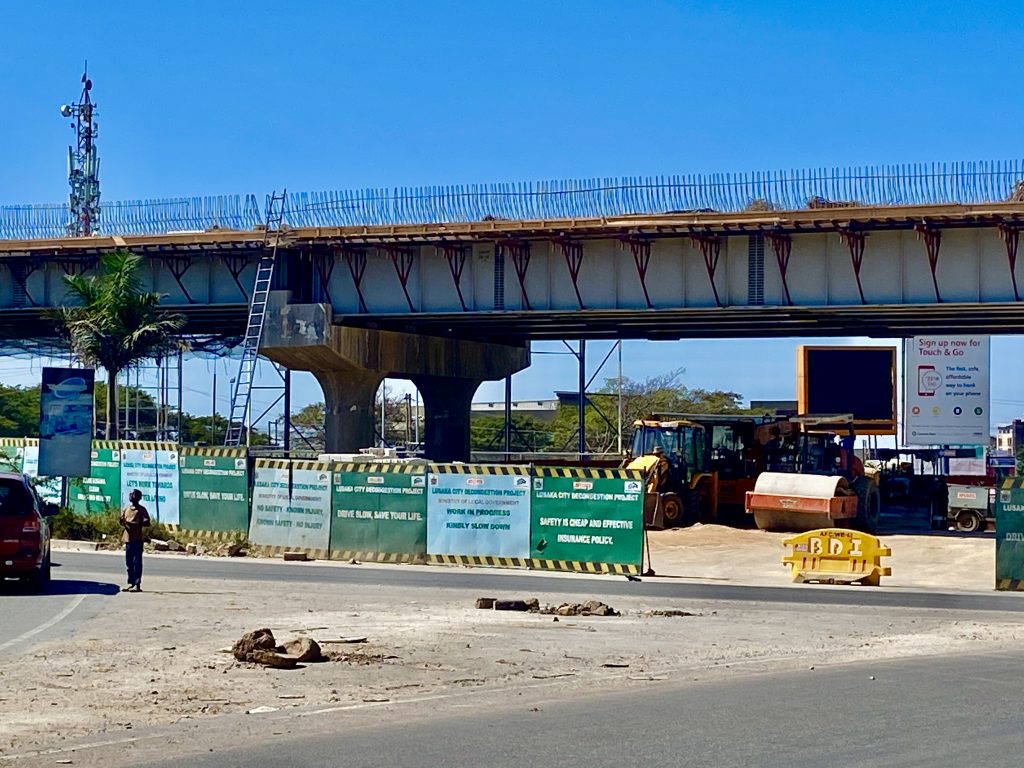
Zambia’s energy outlook remains positive with the addition of 750MW to the grid by 1H21 which will narrow the power deficit. The copper producer still has more energy projects in the pipeline however the cost of service study results will determine the attractiveness of investment in the sector through determination of cost reflective tariffs going forward. The future of Zambia’s mining will depend on the stability of energy supply.
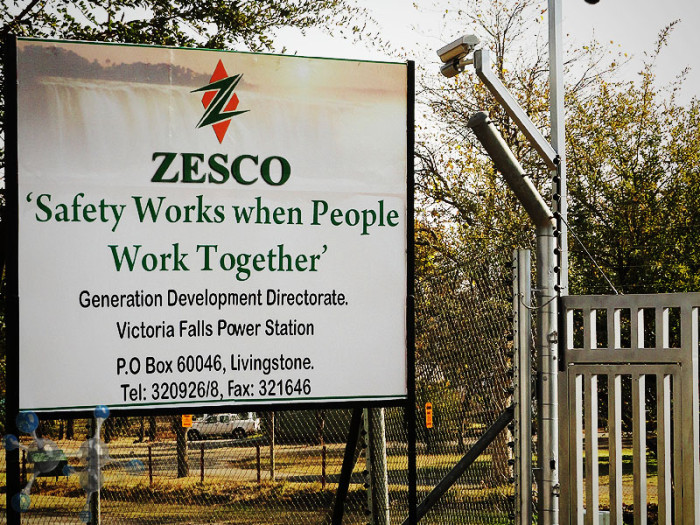
Fiscal posture is expected to be addressed through bold steps towards restoration of public finance fitness through clear debt redemption strategies that will spell how Zambia will manage both its external and domestic debt stock. The ERP will also be a key stencil for the 2021 budget execution which has suffered significant headwinds in potential external funding following the confluence of events post its presentation in September.
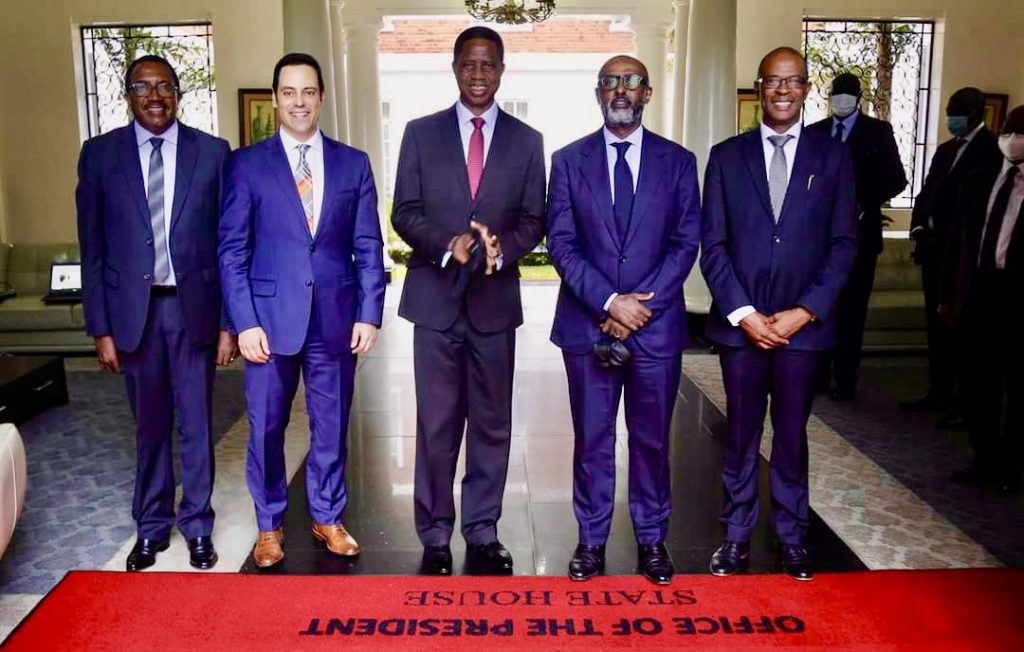
Political risk factors remain some of the downside risks that could delay Zambia in locking in an IMF deal on the back of forecast expenditure spikes in 2021. However the ERP could like other MTEF’s still suffer implementation challenges. The effective crafting of this recovery plan will determine whether or not Zambia will earn the IMF buy-in. Zambia has formally requested for a financing package with the Washington based lender key of which debt restructure and a vivid recovery path to restore fiscal fitness effect growth will be prerequisites to a successful package discussions with the IMF.
The ERP will not be complete if sustainability is not enveloped and aligned to the sustainability development goals (SDGs 2030). This will set the stage for product innovation and more intelligent resource mobilization at time when traditional funding sources will be difficult to access by the sovereign given its adverse ratings. The recovery plan should spell the genesis of the green bond era to tap into a new breed of funds aligned to sustainability and greenfield project types.
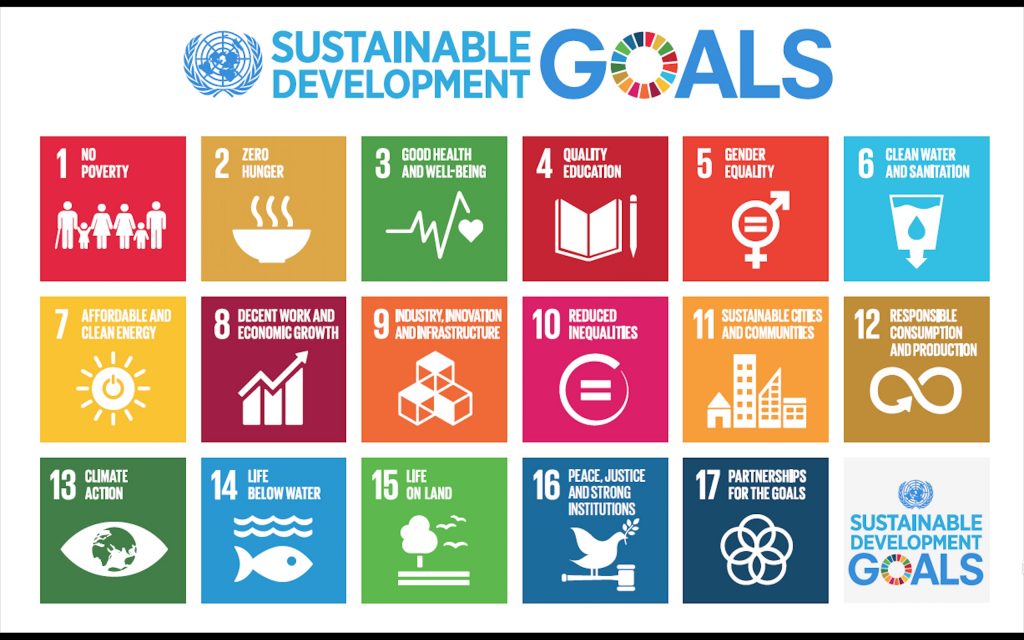
Zambia’s head of state is expected to launch the 2021-2023 ERP at 0.930hrs in Lusaka the capital.
The Kwacha Arbitrageur

